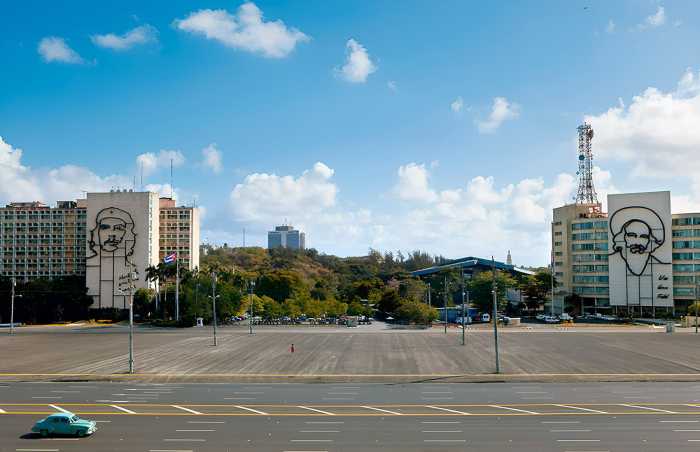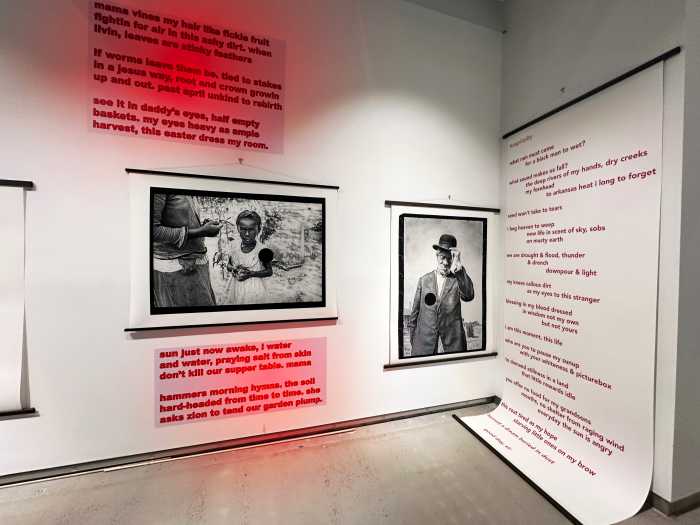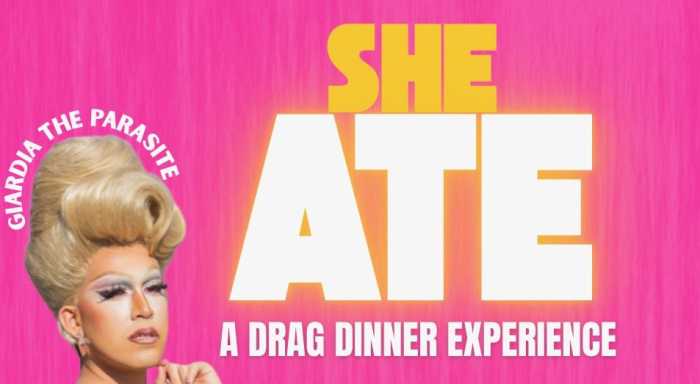A packed public hearing on the proposed $11.1 billion Freedom Plaza development drew sharp divisions Thursday night as unions, business groups, and some residents touted jobs and housing, while a majority of vocal locals denounced the plans for an underground casino as a threat to neighborhood life.
The Community Advisory Committee convened its first of two public hearings at Scandinavia House on Park Ave. on Aug. 28. Turnout was so high that crowds spilled into hallways and onto the street as they waited to give impassioned feedback on the casino resort, largely in Murray Hill.
The panel is tasked with collecting community input before making recommendations to the state Gaming Facility Location Board. The board will decide whether the east side project, one of eight proposals competing for three downstate licenses, can move forward.
The Soloviev Group and Mohegan, the developers behind Freedom Plaza, are seeking to transform a 6.3-acre site from East 38th to 41st streets along First Avenue with a bid that would include two residential towers with 1,049 units, 513 designated as affordable, two hotel towers, a museum dedicated to democracy, retail space, a daycare center, and nearly five acres of public parkland. The centerpiece and flashpoint of the debate is the casino beneath the landscaped park.
Supporters said the plan would bring badly needed housing and create thousands of union jobs. “This project creates 17,000 high-paying, quality union jobs,” said Michael Brunner, an electrician with IBEW Local 3. “Such jobs are crucial to strengthen the dwindling middle class of New York City.”
Nonprofits and workforce groups also backed the proposal. Chris Hanway, executive director of Jacob Riis Neighborhood Settlement, based in Queens, said the project “aligns with the vision of community development and empowerment” and promised partnerships to connect public housing residents to union jobs.
Still, many in attendance said the project would worsen conditions in an area already stretched thin. Residents spoke of limited parkland, overcrowded schools, and heavy traffic, particularly during the annual United Nations General Assembly, which shuts down blocks of Murray Hill.
Deborah Shine, who lives on East 38th Street, said she welcomed new housing but opposed the casino, citing doubts about projected revenues and fears of congestion on the FDR Drive. “There’s no guarantee that this revenue will be coming in, and it will bring other factors that are not going to improve the quality of life,” she said.
Some of the strongest testimony came from residents of Tudor City, the historic East Side apartment complex perched just above the development site. Many said the casino would overwhelm an already dense neighborhood and jeopardize emergency access to nearby hospitals.
“I’m 100 percent against every aspect of this casino development project,” said Cynthia Harris, a Tudor City resident. “It would be fine to develop the land as apartments or living facilities. But let’s forget about the casino.”
Others warned that the traffic generated by a resort-scale project could choke critical corridors.
Sam Cuckly, a longtime East 38th Street resident and real estate consultant, said the environmental review ignored the impact on First Avenue, which he called “a disaster” during rush hour.
He noted that both Bellevue Hospital and another emergency room sit close to the site. “First Avenue in rush hour is a disaster. It’s backed up. So is the access road to the FDR,” he said, warning that ambulances could be delayed.
Alice Kenny, another Tudor City resident, echoed those concerns, pointing to her reliance on the medical corridor lining First Avenue. Walking with a cane, she told the panel she feared a surge of cars and buses could block lifesaving access.
“I’ve walked from emergency rooms back to Tudor City and I’ve been very safe,” she said. “Now I’m concerned that the incredible volume and types of traffic going in and out will be a serious problem and may impact the ability for others and myself to receive medical care.”
Stacy Rausch, who has lived in the neighborhood for nearly four decades, said she was unimpressed with the housing promises tied to the project, pointing to 1,400 planned parking spaces and 1,200 hotel rooms. “I’m sorry, what’s the big deal about the housing?” she said. “Casinos suck. The two neighborhoods being affected are historic neighborhoods — Murray Hill and Turtle Bay. This is nowhere to put a casino.”

‘Trojan horse tactics’
Still, not every voice from the area opposed the plan. Kenneth McClure, who lived in Tudor City before moving to United Nations Plaza, said he welcomed Freedom Plaza, casino included. “For 20 years, we’ve been looking at a vacant site,” McClure said. “This is Manhattan, folks. This is not a quiet neighborhood in the suburbs. We need to embrace change, embrace development. This is a world-class resort and a world-class opportunity.”
Likewise, John Moore, who lives six blocks from the proposed site, said he supported Freedom Plaza, calling it an improvement over existing conditions along First Avenue. He described the stretch as a “canyon of public buildings,” from the VA Hospital to Bellevue, NYU Hospital, and the nearby men’s shelter, that has long been associated with crime, drugs, and homelessness.
Moore, who has lived in the neighborhood for 22 years, said police once advised him not to buy a home there, but he raised his family successfully despite the challenges. He argued the casino and development would bring needed change to a troubled corridor and urged the committee to consider residents south of the site who stand to benefit from the investment and increased security.
Throughout the four-hour hearing, as several spoke in favor of the opportunities at hand, boos and jeers regularly erupted from sections of the audience opposed to the plan.
Reverend Dr. Suzan Johnson Cook, a former U.S. Ambassador-at-Large for International Religious Freedom and longtime Harlem pastor, said she heard something deeper in the divide.
“To me, it almost felt like a class clash,” Johnson Cook told this paper after the hearing. “I heard exclusivity — that we live in these historical neighborhoods that basically have been ours, and now we have to share those as well. That’s always a concern, because it’s sort of like not in my backyard.”
She argued that congestion is a fact of New York life, but not a reason to block opportunity for others. “We’re going to have congestion all the time, but we also have ways to get around that. We have subways, we have buses. I’m a subway rider and I can take a car service, but I think people have learned to navigate New York City,” she said. “So what I don’t want to happen is that we say not in my backyard — using the casino as your excuse for not allowing other people to come in.”
Johnson Cook said she had read the proposal thoroughly, met with developers, and believes they have taken criticism seriously. “They’ve thought it through very well,” she said.

Kyle Athayde, a 34-year-old Independent running for City Council in District 4 and a former chair of Community Board 6, was met with thunderous applause as he denounced the proposal during his testimony. Speaking to amNewYork afterward, he accused developers of sidelining residents from the start.
He said the original renderings appeared “in the middle of the night over Thanksgiving” and argued that the developers “haven’t talked to the community about this.” For Athayde, that silence undermines the entire project. “This is not proper development,” he said. “Proper development is done in conjunction and in partnership with the community.”
Athayde, who led Community Board 6 when the proposal was first floated, accused the site’s owners of letting the land sit vacant for decades. “They’ve owned the site for nearly 30 years,” he said. “Within that time, they’ve done nothing with it. It’s been a pit since I was a child.”
While stressing that he supports business growth and union jobs, Athayde drew a hard line on the casino. He described the broader plan as a “resort” dominated by two hotels and dismissed the park and other amenities as “Trojan horse tactics” that would leave little true public space. He also questioned the composition of the hearing’s supporters, contending many were not neighborhood residents but “had a financial investment in the building of the casino.”
Community Board 6, he noted, twice voted nearly unanimously to oppose any casino in the district. “We are mostly a residential area,” he said. “A casino does not belong here.”
Athayde urged neighbors to keep organizing, arguing that only three votes on the state committee are needed to kill the project. If the casino is rejected, he said, he wants to keep talks open with the developers to explore alternatives, including a world-class performing arts center with youth programming, more waterfront access, and expanded green space.
He added that the city should consider using eminent domain to take the land for the public good if necessary.
Athayde also criticized the structure of the hearing itself, saying a 4 p.m. weekday start time limited participation from working residents. “It can make it look like the community is really in support of this when it’s not,” he said, calling large union turnouts “political theater.”
Developers defend their record
The project’s executives defended their vision to amNewYork, saying Freedom Plaza would replace a long-vacant lot with a generational investment in housing and public space.
Raymond Pineault, CEO of Mohegan Gaming & Entertainment, pointed to his company’s record in Connecticut, where Mohegan Sun has operated since the 1990s. “We’ve been responsible operators for decades, and our goal is to bring that same partnership here,” Pineault said, noting that the company once invested $35 million in a new access road to address local traffic concerns.
Hershman sought to counter the charge that the family intentionally kept the land vacant until the casino process began. He claimed earlier city approvals allowed only for luxury condominiums, which the family declined to build. “We wanted to wait for a plan that served community needs,” he said, stressing that the current proposal includes a 50 percent affordable housing mix and amenities the neighborhood has long lacked.
Traffic, one of the biggest sticking points for residents, was also addressed. Pineault said the casino’s underground design and entrance on the FDR Drive were intentional choices meant to avoid clogging residential streets. “The entrance on the FDR is intentional. We don’t want to funnel cars through residential streets,” he said.
The executives also highlighted their economic promises: 17,000 union jobs during construction and operation, nearly 40,000 jobs overall, and a Community Reinvestment Fund projected to direct $200 million over 20 years into local programs.
Hershman said he has met with city officials about adding a police precinct to address safety concerns, describing it as part of their commitment to “the safest and secure environment possible.”
“We’re encouraged by the support and value the feedback of our neighbors,” Hershman said, noting that his family is fourth-generation East Side residents. “This is not just about gaming, it’s about creating lasting value for the community.”
The Community Advisory Committee will hold a second hearing on Sept. 15 before submitting recommendations to the state at the end of the month. For both opponents and developers, the stakes are high.
Hershman said that as the Sept. 30 deadline nears, the plans are not set in stone and that they are open to the voices of the community and feedback from the committee, noting that they are now considering adding three-bedroom apartments to the affordable housing plan following Thursday night’s hearing.






































